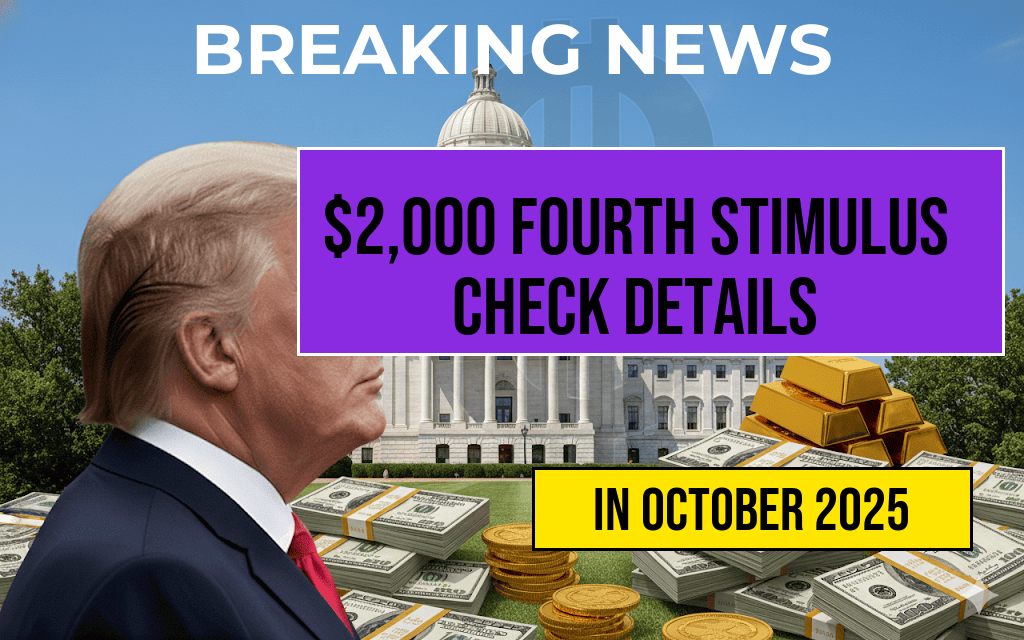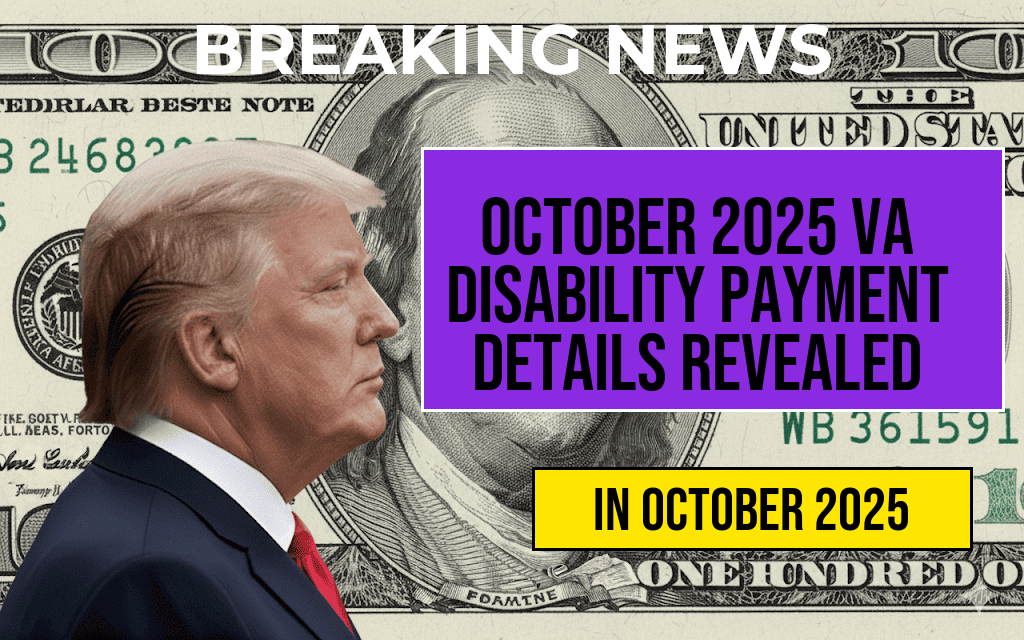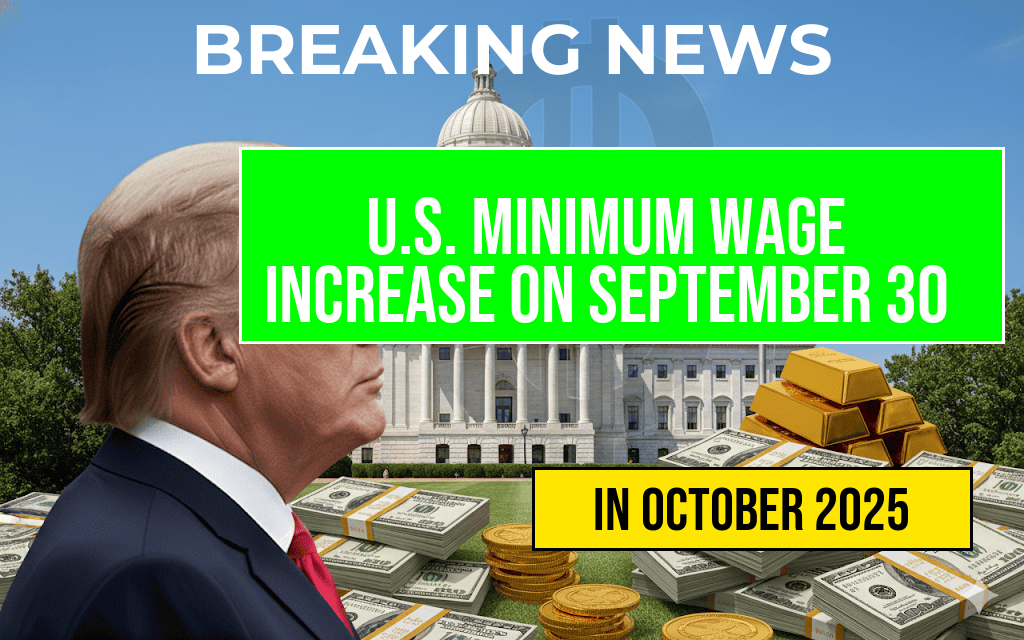Starting January 2025, the maximum monthly payment for federal Supplemental Security Income (SSI) will increase to $967 for individuals, reflecting a significant adjustment aimed at providing greater financial support to those with limited income and resources. This change, driven by rising costs of living and inflation, marks a notable shift in the federal assistance landscape, ensuring that vulnerable populations can better navigate economic challenges. The adjustment was announced by the Social Security Administration (SSA) and illustrates the agency’s commitment to keeping pace with economic realities. With this increase, many recipients will find some relief in their monthly budgets as the cost of essentials continues to rise nationwide.
Details of the SSI Increase
The SSI program, which provides monthly payments to individuals who are elderly, blind, or disabled, is designed to help recipients meet basic needs for food, clothing, and shelter. The upcoming increase represents an adjustment tied to the annual cost-of-living (COLA) assessment, which reflects changes in the Consumer Price Index (CPI) as calculated by the Bureau of Labor Statistics.
Historical Context
This upcoming increase is part of a broader trend of annual adjustments intended to help beneficiaries maintain their purchasing power amid inflationary pressures. The previous maximum monthly payment was $914, which means the new payment will represent a $53 increase, or approximately 5.8% more than the current rate.
Implications for Recipients
The increase in SSI payments is expected to have a positive impact on the lives of many recipients. Here are some key implications:
- Improved Financial Stability: The additional funds can help recipients cover rising expenses, particularly in housing and healthcare.
- Broader Economic Impact: Increased payments may stimulate local economies as recipients spend more on goods and services.
- Potential Changes to Eligibility: As payments rise, some individuals may need to reassess their eligibility for other assistance programs, as income thresholds may be affected.
How the Increase is Determined
The Social Security Administration bases its COLA adjustments on inflation metrics, particularly the CPI for Urban Wage Earners and Clerical Workers (CPI-W). The increase is calculated by comparing the average CPI-W for the third quarter of the current year with the average for the third quarter of the previous year. This method ensures that the adjustments reflect the actual cost increases faced by beneficiaries.
Future Projections and Policy Considerations
As inflation continues to affect the economy, further adjustments to SSI payments may be necessary in the coming years. Advocacy groups emphasize the importance of maintaining robust support for low-income individuals and families, urging policymakers to consider additional measures beyond periodic increases.
Advocacy for Additional Support
Organizations such as the National Organization of Social Security Claimants’ Representatives (NOSSCR) and the Center on Budget and Policy Priorities (CBPP) advocate for more comprehensive reforms to improve the social safety net. These organizations argue that while the increase is welcome, it may not fully address the deeper systemic issues that contribute to poverty among vulnerable populations.
Conclusion
The upcoming increase in the maximum monthly SSI payment to $967 in January 2025 represents a critical adjustment for many Americans in need. As the social safety net evolves to meet contemporary challenges, ongoing dialogue among policymakers, advocates, and recipients will be essential to ensure that assistance programs effectively address the needs of those they are designed to serve.
References
Frequently Asked Questions
What is the new maximum monthly Federal SSI payment for individuals starting January 2025?
The new maximum monthly Federal SSI payment for individuals will increase to $967 starting January 2025.
How often do SSI payments get adjusted?
SSI payments are typically adjusted annually based on changes in the cost of living, as determined by the Consumer Price Index.
Who is eligible to receive Federal SSI payments?
Individuals who are aged, blind, or disabled and have limited income and resources may be eligible to receive Federal SSI payments.
Will the increase in SSI payments affect other benefits?
The increase in SSI payments may affect eligibility for other assistance programs, as some programs have income limits that consider SSI payments as part of total income.
How can individuals apply for Federal SSI benefits?
Individuals can apply for Federal SSI benefits online through the Social Security Administration’s website or by visiting their local Social Security office.











